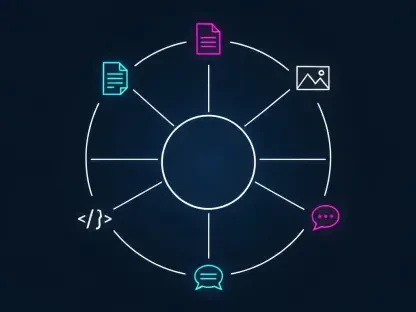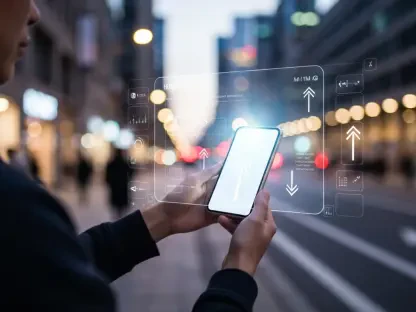Imagine a world where everyone, regardless of ability, could access the web with ease. As surprising as it might seem, this universal access may rest in the hands of artificial intelligence (AI). Recent years have seen an alarming increase in digital accessibility lawsuits, demanding immediate action from businesses and developers alike. This scenario underscores the pressing need for innovative solutions in making the web more inclusive.
Importance of Accessibility in the Digital Age
With the internet serving as a major part of daily life, web accessibility’s importance cannot be overstated. For individuals with disabilities, navigating non-compliant websites can be a frustrating and isolating experience. Beyond personal access, there are legal implications for companies failing to meet accessibility standards. These pressures make addressing web accessibility a critical issue for businesses that wish to remain compliant and socially responsible.
The Transformative Role of AI
AI is fundamentally reshaping web accessibility testing paradigms. By automating the identification of accessibility issues, these tools are supplanting traditional, resource-intensive processes. Case studies exemplifying AI’s integration into this domain show significant enhancements in user experience. However, the marriage of automated and manual methods remains crucial. While AI tools streamline and extend testing capabilities, human insight is still indispensable for assessing complex accessibility nuances that machines cannot encompass.
Industry experts and accessibility specialists stress AI’s potential in revolutionizing accessibility testing. Insights from leaders in the field reveal how AI adoption has become integral to meeting compliance and enhancing user engagement. For instance, several industry veterans recount their experiences with AI tools, detailing how these technologies have redefined their approach towards both development and interaction strategies.
Implementing AI in Web Accessibility Testing
The implementation of AI in accessibility testing is a multifaceted process. Selecting the right tools, such as Axe DevTools and WAVE, is essential for detecting issues efficiently. Once chosen, these tools need to be smoothly integrated into development workflows. Teams must blend automated checks with manual insights for a balanced approach to accessibility standards. Building a comprehensive strategy involves understanding both the capabilities and the limitations of each tool, ensuring a balanced execution that leverages the strengths of humans and machines.
A Future of Accessible and Equitable Digital Spaces
Reflecting on the potential of AI, businesses found new opportunities for enhancing digital inclusivity. The combination of AI tools and human oversight proved pivotal for achieving comprehensive accessibility outcomes. As regulatory environments tightened, adapting swiftly with AI assistance was not just advantageous but essential. Moving forward, organizations faced an unprecedented opportunity to redefine digital engagement, propel innovation in accessibility, and accommodate the diverse needs of all users. The collaboration between human creativity and machine efficiency presented a path toward more equitable digital spaces, ensuring inclusivity became an inherent design principle.









